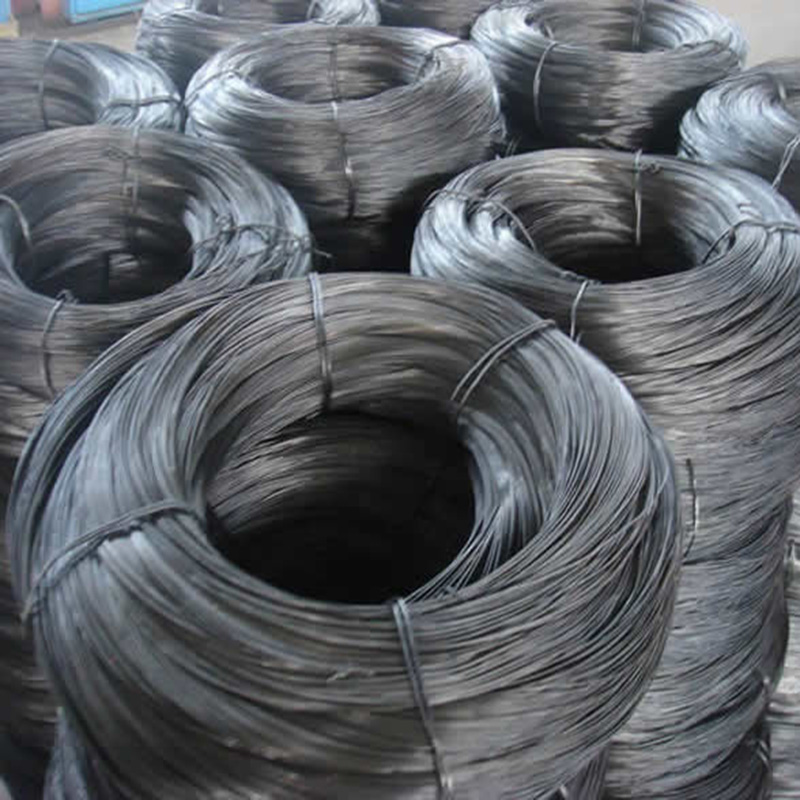-
+86 15030157877
-
sales@galvanizedmetalmesh.com
Aug . 14, 2024 19:13 Back to list
Designing Effective Farm Fencing Solutions for Livestock Protection and Management Strategies
The Importance of Farm Fencing for Livestock Management
Farm fencing plays a crucial role in livestock management, ensuring the safety and security of both animals and crops. For farmers, the decision to invest in quality fencing is not just about enclosing a space; it’s an investment in the overall health of their livestock and the productivity of their farm. This article explores the significance of farm fencing in the context of livestock management, the different types of fencing available, and best practices for installation and maintenance.
The Role of Fencing in Livestock Safety
One of the primary purposes of fencing on a farm is to protect livestock from predators. Animals such as coyotes, wolves, and even domestic dogs can pose significant threats to unprotected livestock. A robust fence acts as a barrier, deterring predators and providing a safe environment for animals to graze and roam.
Furthermore, a well-constructed fence keeps livestock from straying onto roads or neighboring properties, minimizing the risk of accidents and potential legal issues. Free-ranging animals can cause disturbances, leading to disputes between farmers and neighboring landowners. A secure fence promotes harmonious relationships within the farming community while also protecting the livelihood of the farmer.
Types of Fencing for Livestock
There are several types of fencing suitable for livestock, each with its advantages and disadvantages
. The choice often depends on the type of livestock being raised, the terrain, and budget.1. Barbed Wire Fencing Widely used due to its affordability and durability, barbed wire fencing is effective for containing larger animals such as cattle and horses. However, it may not be ideal for smaller animals like sheep and goats, which can easily get caught in the barbs.
2. Electric Fencing This type of fencing has gained popularity for its effectiveness and versatility. Electric fences can deter almost any type of livestock from crossing boundaries. They are especially useful for temporary enclosures, allowing farmers to rotate grazing areas efficiently.
3. Wooden Fencing Often seen in equestrian facilities or high-traffic areas, wooden fencing is aesthetically pleasing and sturdy. However, it can require more maintenance and may be more expensive than other materials.
farm fence livestock

4. Woven Wire Fencing This type is particularly effective for containing smaller animals like sheep and goats. Woven wire fencing is constructed from vertical and horizontal wires, providing a stronger barrier against predators.
Best Practices for Fencing Installation and Maintenance
Installing a fence is an investment that requires careful planning and execution. Farmers should consider the following best practices
1. Assess Needs Before installation, evaluate the type of livestock and the purpose of the fence. Consider factors such as height, sturdiness, and resistance to weather conditions.
2. Choose Quality Materials While budget is a consideration, investing in high-quality materials can save money in the long run. Durable materials reduce the frequency of repairs and replacements.
3. Regular Inspections Once the fence is installed, regular inspections are crucial. Check for signs of wear, damage, or gaps that could allow livestock to escape or predators to enter. Repairing issues promptly can prevent more significant problems.
4. Proper Installation Ensuring that the fence is installed correctly plays a vital role in its longevity. Posts should be buried deep enough to withstand pressure, and the fencing material must be tensioned appropriately to prevent sagging.
Conclusion
In conclusion, farm fencing is an essential aspect of livestock management that directly impacts the safety of animals, the productivity of the farm, and the relationship between farmers and their neighbors. By understanding the different types of fencing available and adhering to best practices in installation and maintenance, farmers can create secure, effective barriers that enhance their operations. Fencing is not merely a boundary; it is a foundational component of successful livestock management, safeguarding both animals and agricultural interests.
-
Welded Gabion Solutions: Durable & AI-Enhanced Designs
NewsAug.01,2025
-
Premium Welded Gabion Mesh | Robust & Eco-Friendly
NewsJul.31,2025
-
Premium Eco-Friendly Roof Tiles | Affordable & Durable
NewsJul.31,2025
-
Premium Roof Tiles for Durable & Stylish Roofing Solutions
NewsJul.30,2025
-
High-Quality Roof Tiles for Durable & Stylish Roofing Solutions
NewsJul.29,2025
-
High Quality Square Wire Mesh Manufacturer & Supplier for Wholesale
NewsJul.29,2025



